A sacred sanctuary formed by divine instruction, representing the union of heaven and earth through humble obedience.
Ready for a quick journey back in time to the Ancient Tabernacle of Moses? This isn’t just an ancient structure; it’s a powerful symbol of faith, a portable temple that guided the Israelites through the wilderness. Picture an intricately designed, portable sanctuary, steeped in rich symbolism and sacred rituals.
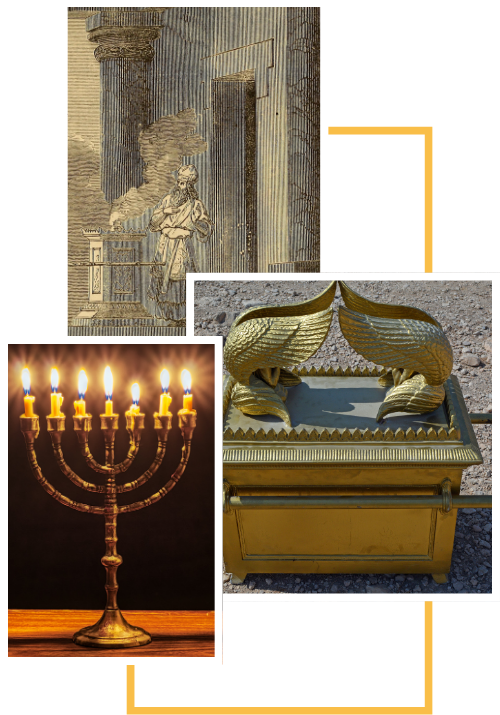

N/A (The Tabernacle was a temporary, movable structure in ancient times.)
Sacred garments were worn by priests, but all were expected to approach with reverence.
Historically, the Tabernacle was set up during the Israelites’ journey in the wilderness, specifically for use during their travels.
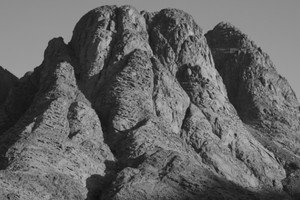
Where Moses received the Ten Commandments, a site of deep spiritual significance connected to the Tabernacle.
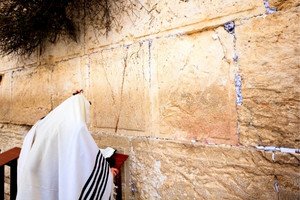
The sole remnant of the retaining wall around the Temple Mount, offering a place of prayer and reflection, evoking the same reverence once directed toward the Tabernacle.
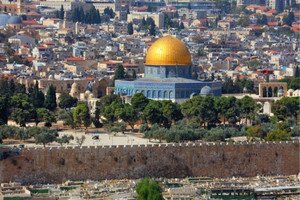
The site where the First and Second Temples stood, considered the holiest place in Judaism.
The Tabernacle was built exactly according to the specifications given to Moses by God on Mount Sinai.
The Tabernacle was designed to be dismantled and carried by the Israelites as they wandered the desert for 40 years.
It was divided into the Outer Court, the Holy Place, and the Holy of Holies, each with specific rituals and significance.

The most sacred object, containing the stone tablets of the Ten Commandments, was housed in the Holy of Holies.
The high priest wore special garments, including the breastplate with twelve stones representing the tribes of Israel.
The presence of God was signified by a cloud that covered the Tabernacle by day and a pillar of fire by night, guiding the Israelites on their journey.





The presence of God with the Israelites was marked by a miraculous cloud that hovered over the Tabernacle by day and a pillar of fire by night. This divine manifestation wasn’t just symbolic; it was a constant reminder that God was leading His people through the wilderness. The cloud provided shade from the scorching desert sun, while the fire offered light and warmth during the cold nights. These phenomena were not merely for show but served as a guide, moving when the Israelites were to journey and settling when they were to camp. This continuous divine guidance affirmed the Tabernacle's role as the central point of God's presence among His people, a mobile sanctuary that brought heaven’s presence to earth.

Inside the Holy Place of the Tabernacle, the Table of Shewbread held twelve loaves, symbolizing the twelve tribes of Israel. These loaves, known as the Bread of Presence, were replaced weekly in a sacred ritual performed by the priests. The loaves were not just an offering to God but also a symbol of His provision for the people of Israel. After being replaced, the bread was consumed by the priests in a holy meal, emphasizing the continuous relationship between God and His chosen people. This ritual highlighted the idea of God’s constant care and sustenance, making the Tabernacle a place where physical and spiritual nourishment intersected.

Moses, the great leader and prophet, had profound encounters with God at the Tabernacle. It was in this sacred space that Moses would enter the Holy of Holies, where the Ark of the Covenant resided, to speak directly with God. These meetings were not mere conversations; they were moments of divine revelation, where Moses received guidance for leading the Israelites and instructions for living in accordance with God’s will. The intensity and sanctity of these encounters underscored the Tabernacle's role as a bridge between the divine and the earthly, a place where the leader of Israel could commune with the Creator.
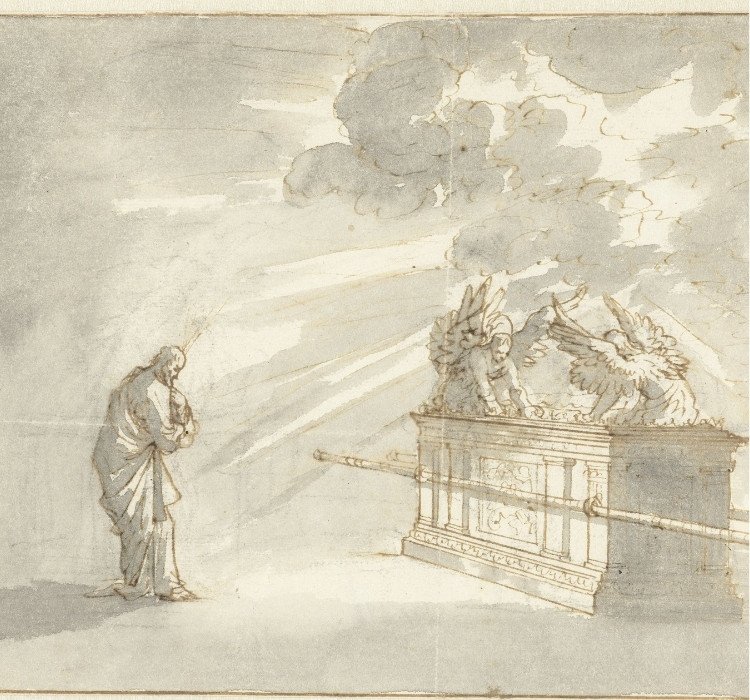
The Ark of the Covenant, housed within the Holy of Holies, was the most sacred object in the Tabernacle. Its covering, known as the Mercy Seat, was flanked by two cherubim and served as the throne of God on earth. Once a year, on Yom Kippur, the Day of Atonement, the high priest would enter the Holy of Holies to sprinkle the blood of a sacrificial animal on the Mercy Seat. This act of atonement was a solemn and mysterious ritual, believed to cleanse the people of their sins and restore their covenant relationship with God. The secrecy and reverence surrounding this ritual highlight the Tabernacle's deep spiritual significance and its role in mediating between God and humanity.

The Tabernacle’s construction was a feat of divine engineering. According to the scriptures, the materials for the Tabernacle were provided by the Israelites, who offered their gold, silver, and fine linens. However, the skill needed to craft the intricate designs of the Tabernacle was given by God to specific individuals. Bezalel, the chief artisan, and his assistant Aholiab were divinely inspired with wisdom, understanding, and knowledge in all kinds of craftsmanship. Their work, along with that of other skilled artisans, was seen as a miracle of coordination and divine guidance, transforming the Israelites’ offerings into a dwelling place for God. The miraculous nature of the construction emphasized the Tabernacle as not just a man-made structure but a divinely ordained sanctuary.
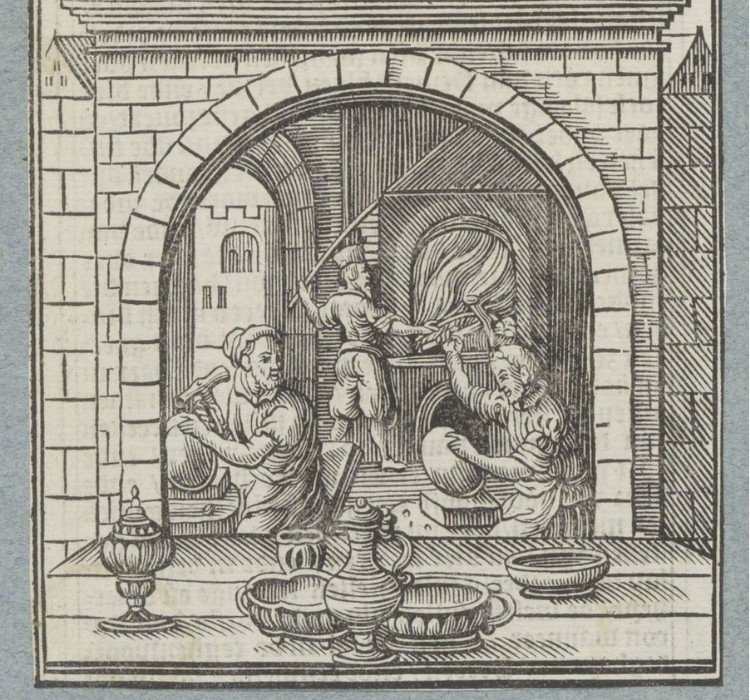
Among the sacred items placed inside the Ark of the Covenant was a golden pot containing manna, the miraculous food that sustained the Israelites during their 40 years in the wilderness. This manna, which appeared each morning like dew, was a tangible reminder of God’s daily provision. The decision to store it in the Ark was symbolic of God’s everlasting covenant with His people. It served as a testimony to future generations of God's faithfulness and the miraculous sustenance that accompanied the Israelites on their journey. The presence of manna in the Ark underscored the Tabernacle's role as a place where God’s miraculous provisions were both remembered and revered.

Moses receives divine instructions on Mount Sinai, where God details the exact specifications for the construction of the Tabernacle, a sanctuary where He would dwell among the Israelites. This moment marks the beginning of the Tabernacle’s journey as a portable temple.

The Israelites, recently freed from Egyptian bondage, contribute their gold, silver, fine linens, and other precious materials to construct the Tabernacle. Skilled artisans, led by Bezalel and Aholiab, are divinely inspired to craft the intricate components of the Tabernacle.

The Israelites, recently freed from Egyptian bondage, contribute their gold, silver, fine linens, and other precious materials to construct the Tabernacle. Skilled artisans, led by Bezalel and Aholiab, are divinely inspired to craft the intricate components of the Tabernacle.

The Tabernacle is constructed in the wilderness according to the divine blueprint. The structure includes the Outer Court, the Holy Place, and the Holy of Holies, where the Ark of the Covenant, the most sacred object, is housed.
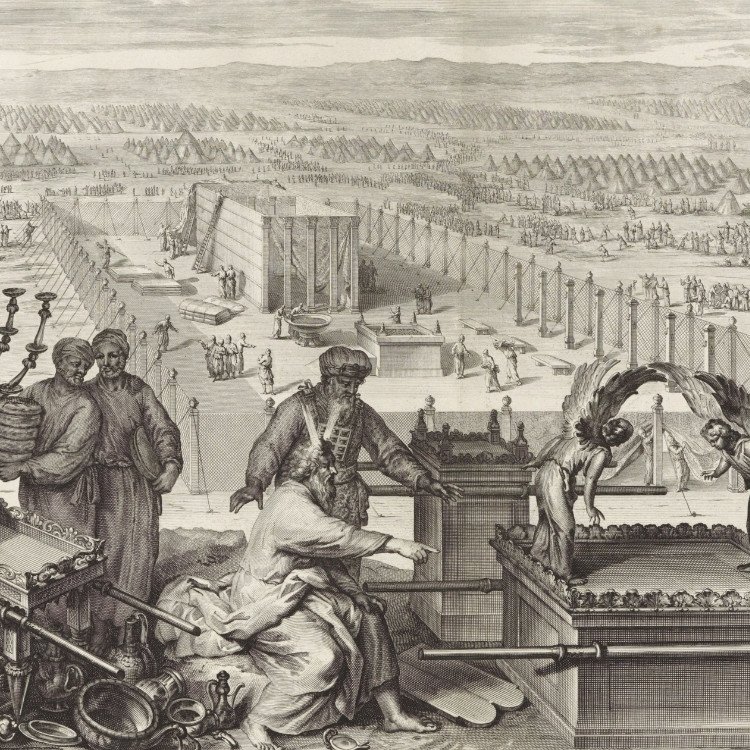
Once completed, Moses oversees the consecration of the Tabernacle and its furnishings. The Tabernacle is dedicated as a holy place where the Israelites can offer sacrifices and where the presence of God will reside among them.

Once completed, Moses oversees the consecration of the Tabernacle and its furnishings. The Tabernacle is dedicated as a holy place where the Israelites can offer sacrifices and where the presence of God will reside among them.

For 40 years, the Tabernacle serves as the spiritual center for the Israelites as they wander in the desert. The Tabernacle is dismantled, transported, and reassembled each time the Israelites move, symbolizing God’s constant presence with His people.
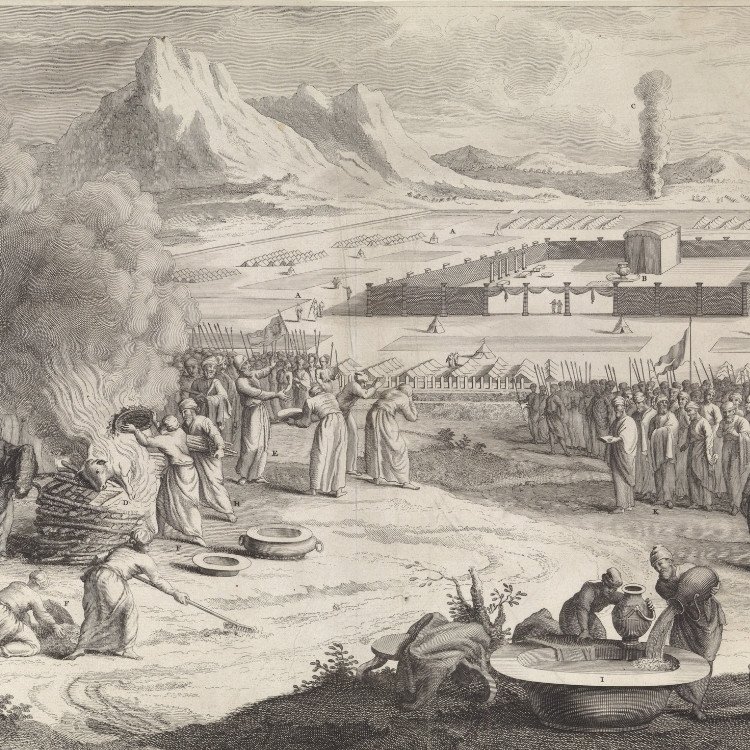
Upon entering the Promised Land, the Tabernacle is set up at Gilgal and later at Shiloh, where it remains for several centuries. The Tabernacle continues to function as the primary place of worship for the Israelites, serving as a precursor to the future Temple in Jerusalem.
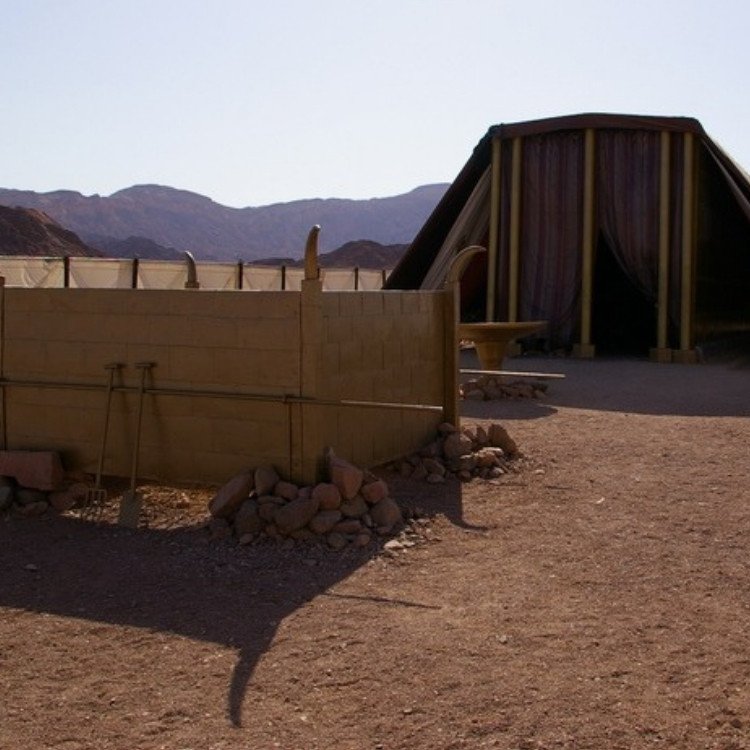
Upon entering the Promised Land, the Tabernacle is set up at Gilgal and later at Shiloh, where it remains for several centuries. The Tabernacle continues to function as the primary place of worship for the Israelites, serving as a precursor to the future Temple in Jerusalem.

During a battle with the Philistines, the Ark of the Covenant is captured, signaling a significant moment in the history of the Tabernacle. The Ark’s capture and subsequent return highlight the challenges faced by the Israelites in maintaining their covenant with God.

After the Ark is returned, the Tabernacle is set up in Gibeon during King David’s reign. Although the Ark is placed in Jerusalem, the Tabernacle continues to be a site of sacrifice and worship, reflecting the transitional period before the construction of Solomon’s Temple.

After the Ark is returned, the Tabernacle is set up in Gibeon during King David’s reign. Although the Ark is placed in Jerusalem, the Tabernacle continues to be a site of sacrifice and worship, reflecting the transitional period before the construction of Solomon’s Temple.

With the completion of Solomon’s Temple in Jerusalem, the Tabernacle’s role as the central place of worship comes to an end. The sacred objects, including the Ark, are transferred to the new Temple, and the Tabernacle’s legacy is preserved as the foundational sanctuary that guided the Israelites from slavery to nationhood.


The inception of the Tabernacle began with a divine encounter on Mount Sinai, where Moses received detailed instructions from God on how to construct a sacred dwelling place. These instructions were not merely architectural guidelines but a blueprint for a space where heaven would touch earth. The Tabernacle was to be a portable sanctuary, designed to move with the Israelites as they journeyed through the wilderness, reflecting the idea that God’s presence was not confined to a single location but traveled with His people.
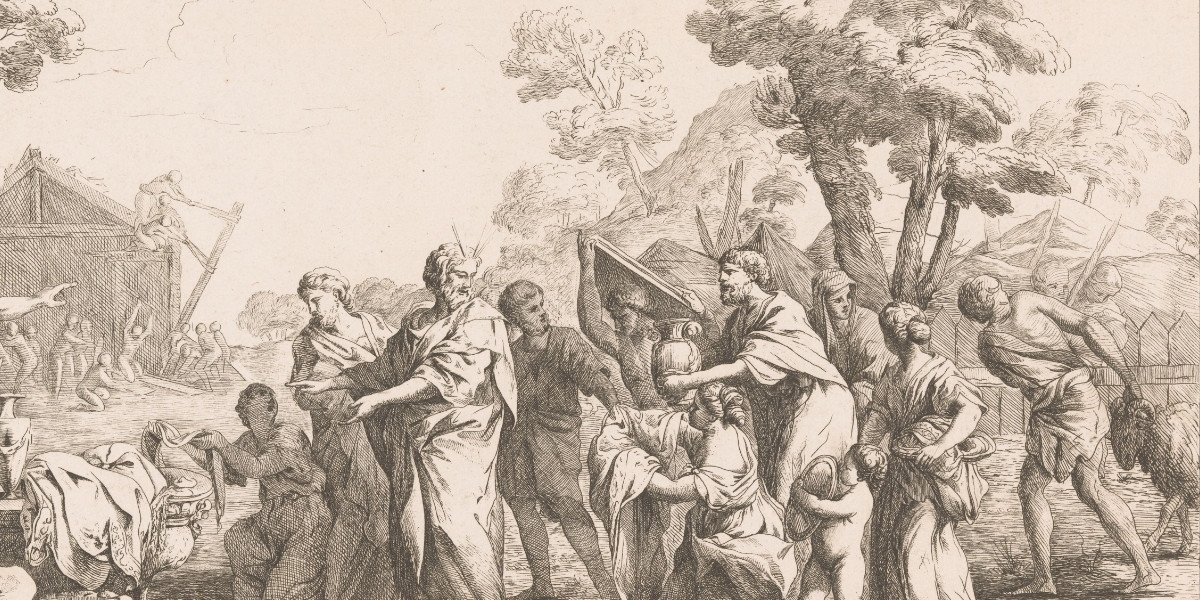
In response to God’s command, the Israelites, recently liberated from Egyptian bondage, offered their most precious materials—gold, silver, bronze, fine linens, and rare dyes. These offerings were acts of worship and dedication, a testament to their commitment to creating a dwelling place for God. The materials were not merely collected but were crafted with skill and care by Bezalel and Aholiab, artisans who were divinely inspired to transform these raw materials into sacred objects. This collaborative effort between divine guidance and human craftsmanship underscored the Tabernacle’s role as a communal project, where each person’s contribution was a part of a greater, holy purpose.
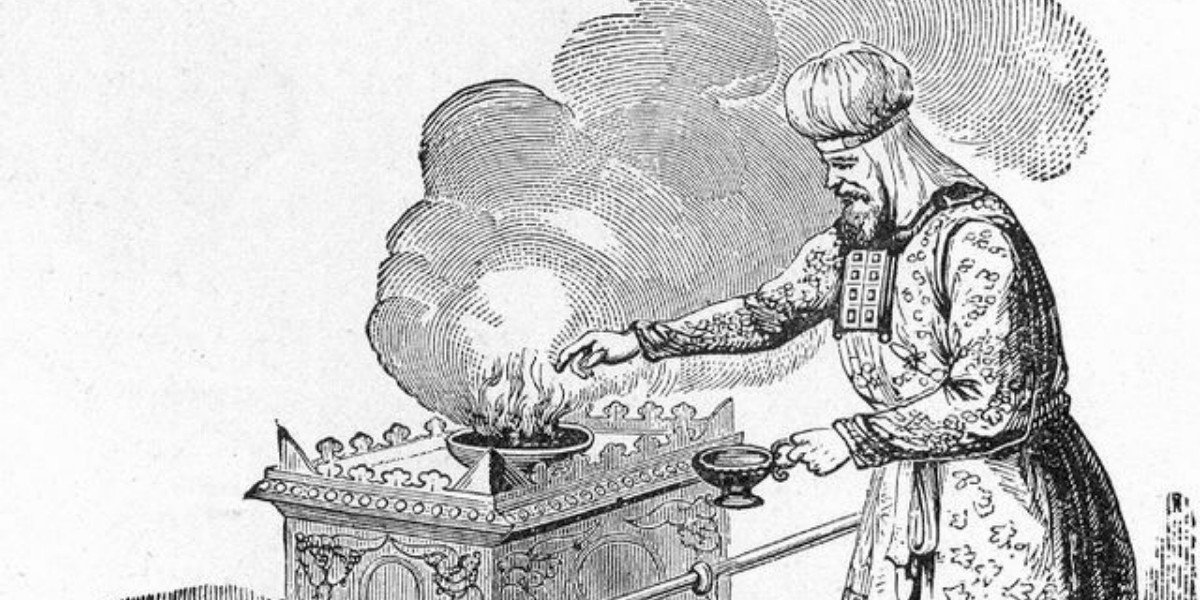
The Tabernacle was the center of religious life for the Israelites, serving as the venue for daily sacrifices and annual rituals. The altar of burnt offerings stood at the entrance, where sacrifices were made to atone for the sins of the people. Inside the Holy Place, the rituals performed by the priests maintained the spiritual purity of the nation. The innermost chamber, the Holy of Holies, housed the Ark of the Covenant and was accessible only once a year by the high priest on Yom Kippur, the Day of Atonement. This sacred space was the focal point of the Israelites’ relationship with God, symbolizing His covenant with them and their need for continual purification and reconciliation.
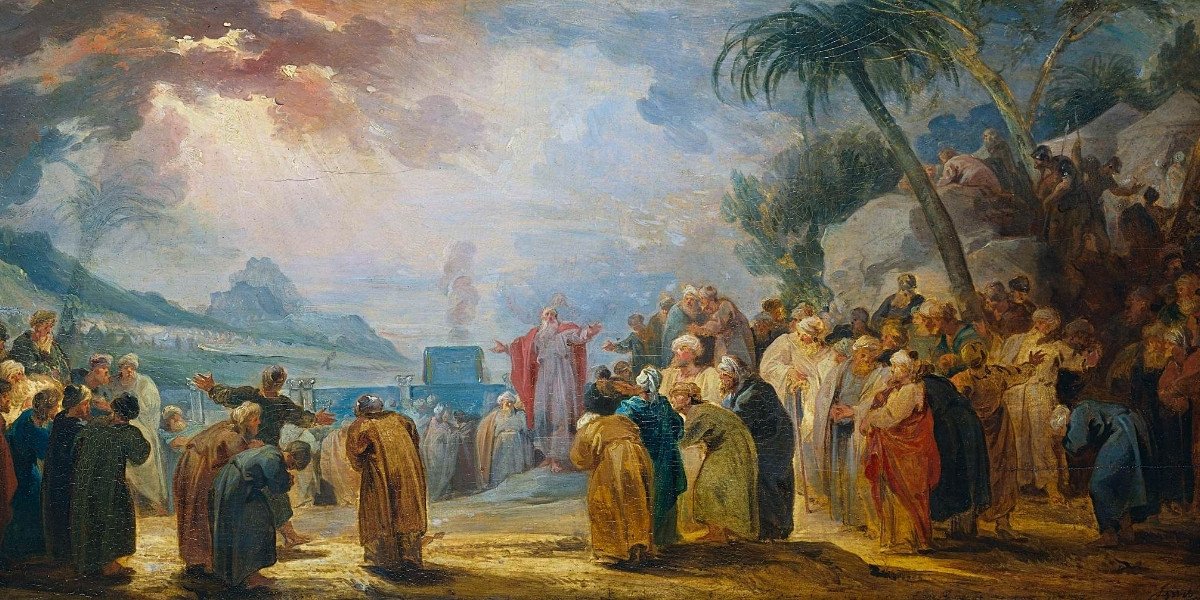
For forty years, the Tabernacle accompanied the Israelites on their journey through the wilderness. Each time the Israelites set up camp, the Tabernacle was erected at the center, symbolizing that God was at the heart of their community. The Tabernacle’s mobility was a constant reminder of God’s presence, guiding them by a pillar of cloud by day and a pillar of fire by night. This journey was not just a physical passage but a spiritual one, where the Israelites learned to depend on God for guidance, provision, and protection.

As the Israelites settled in the Promised Land, the Tabernacle continued to serve as the central place of worship. However, as the nation grew and became more established, the idea of a permanent temple began to take hold. King David expressed his desire to build a temple for God, but it was his son, Solomon, who would eventually fulfill this vision. The construction of Solomon’s Temple marked the transition from the mobile Tabernacle to a permanent structure in Jerusalem. The sacred objects of the Tabernacle, including the Ark of the Covenant, were transferred to the new temple, bringing to a close the era of the Tabernacle while preserving its legacy as the foundation of Israel’s worship and relationship with God.
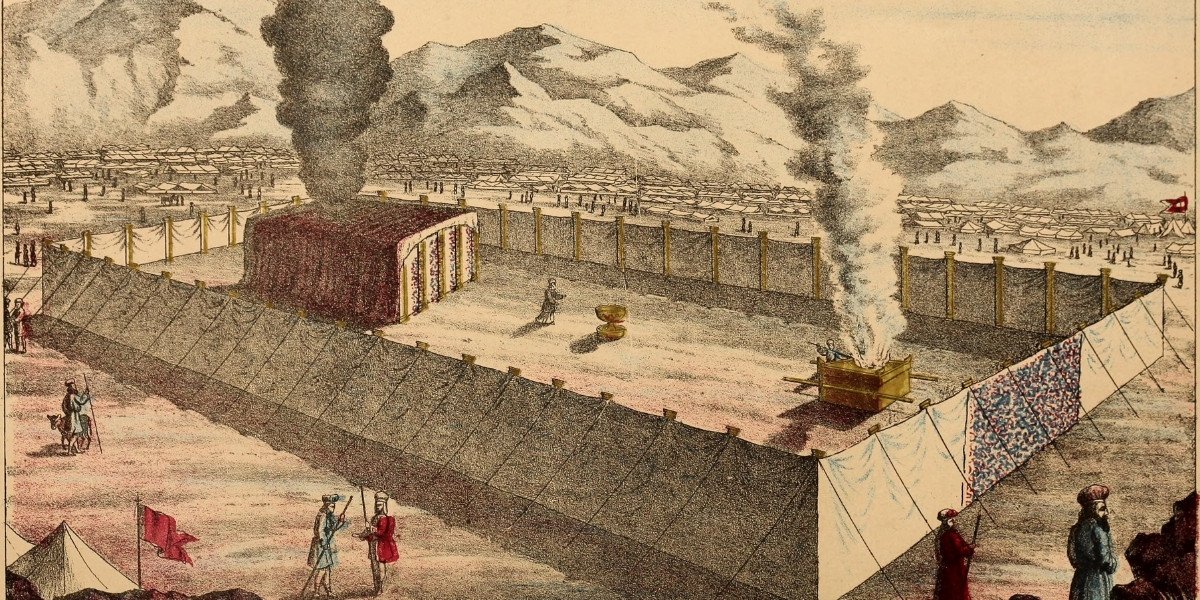
The legacy of the Ancient Tabernacle of Moses (Mishkan) extends beyond its physical structure. It set the precedent for sacred spaces in Jewish worship and established a model for how God’s presence could dwell among His people. The principles embodied in the Tabernacle—holiness, atonement, divine presence, and communal responsibility—continue to resonate in the practices and beliefs of many faith traditions. The Tabernacle was not just a tent in the wilderness; it was the heart of a nation’s spiritual life, a symbol of their covenant with God, and a testimony to the enduring belief that God walks with His people, no matter where their journey leads.
Contact Us
Copyright © 2025 Temples.org. All rights reserved.